I have a new party piece. I can explain, with a degree of clarity and precision, how the Hadron Collider at Cern works and what it is looking for. I can’t claim credit for this feat of exposition myself; as any science teacher who had the misfortune to encounter me at school would testify. I owe everything to Collider: step inside the world’s greatest experiment, an exhibition at the Science Museum (until 6 May 2014).
Collider shows how the contents of a cylinder of hydrogen and 27 kilometres of magnetic subterranean tubes are changing humanity’s understanding of life, the universe and everything. Why is gravity so weak that even you or I can defy its laws with our puny muscles? Are there more than three dimensions? What ‘exotic’ phenomena are created when particles collide? What gives particles their mass? In short, what in the name of God happens in the 96 per cent of the universe that we can’t see?
The genius of Collider is that the viewer is like a particle in the tubes at Cern. A heady atmosphere of physics, engineering and philosophy pervades, while you are dragged around on a trip of discovery by the magnetic presentational touches: recordings of scientists wired through Roberts transistor radios, elegant flow charts to contextualise mathematical theories and demonstrate engineering solutions, videos of Dr Brian Cox making coffee for his betters. This is the best show in town for world-weary parents to share in their children’s awe.
Got something to add? Join the discussion and comment below.
Get 10 issues for just $10
Subscribe to The Spectator Australia today for the next 10 magazine issues, plus full online access, for just $10.

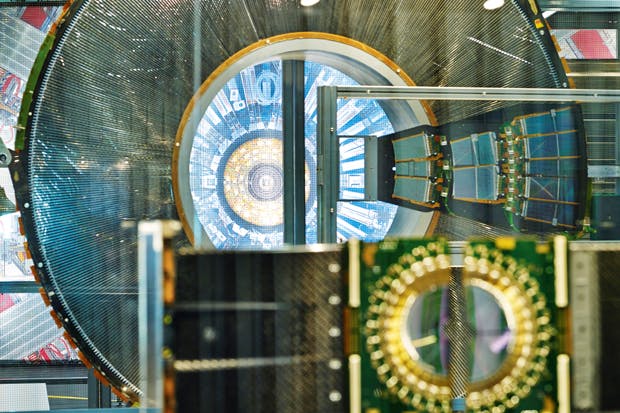
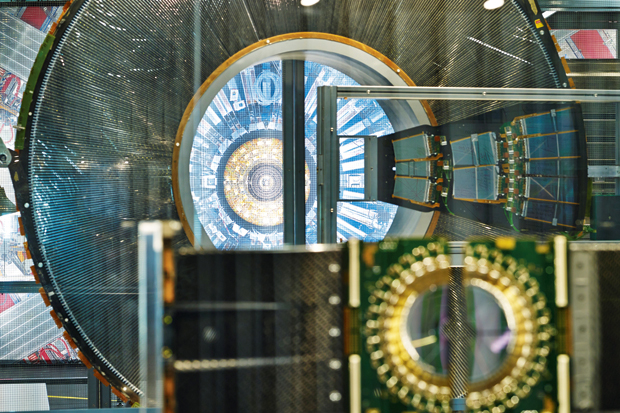


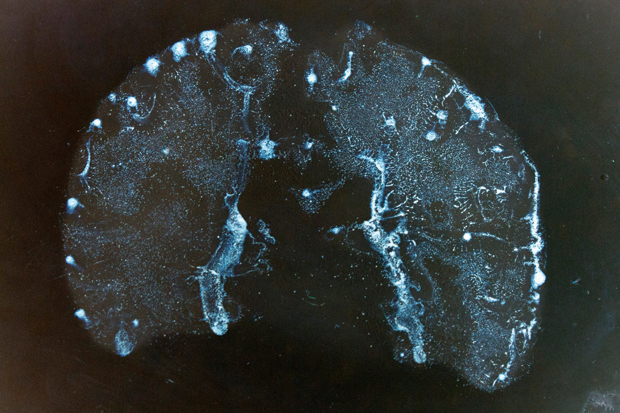
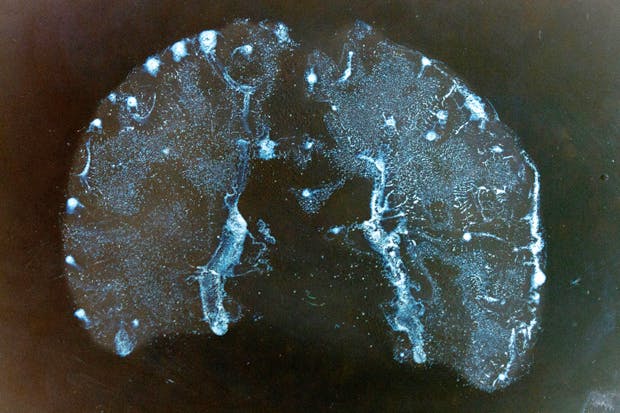
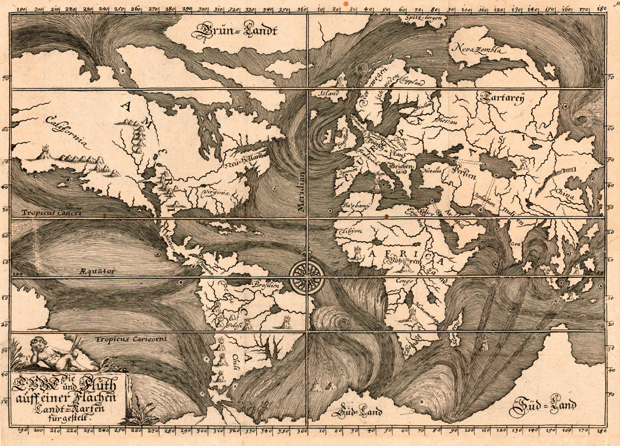






Comments
Don't miss out
Join the conversation with other Spectator Australia readers. Subscribe to leave a comment.
SUBSCRIBEAlready a subscriber? Log in